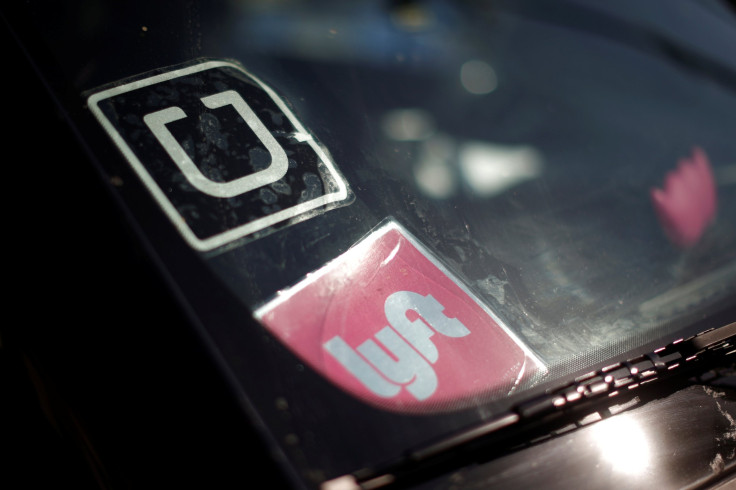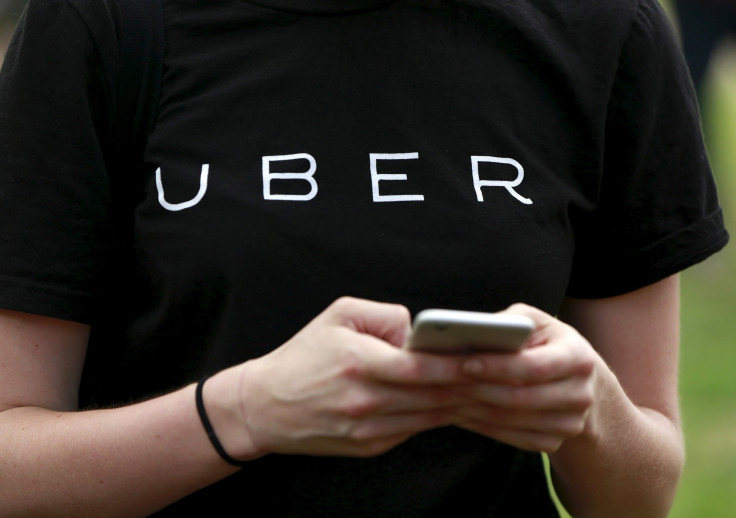Are Young People The Face Of The Gig Economy? They May Not Want To Be

Struggling to find jobs, millions of young workers have looked to the gig economy. Nearly a third of the sharing economy’s workers are in their thirties and a quarter are between the ages of 18 and 29; 30 percent take such jobs because they either can’t find a stable, “real” job or need the supplemental income. And the gig economy may represent the workforce of the future, with a projected 40 percent of the labor force fitting the label of “contingent” worker by 2020. But millennials, even cash-strapped ones, may want to consider the gig economy’s drawbacks before diving in.
First, the rewards have often been inflated, and they’re beginning to droop. In January, Uber agreed to pay the Federal Trade Commission $20 million for falsely claiming that its uberX drivers earned median incomes of $90,000 annually in New York City and $74,000 in San Francisco, when in reality, fewer than 10 percent of drivers in those cities earned as much, according to the FTC.

Some reports have claimed that the odd-jobs app Taskrabbit has yielded its “Taskers” sustainable and even comfortable incomes. But while the company used to take a 30 percent slice of a Taskrabbit worker’s first job and then 15 percent on every successive task, late last year it quietly changed its policy, taking a flat 30 percent service fee for all tasks. Similarly, the freelance work marketplace Fiverr did away with its $5 minimum price for designs, translations, videos and other products and services a year earlier, to “make sellers nimble enough to compete” for projects.
As gig economy wages have fallen 6 percent between June 2014 and the end of last year, participation in the platforms has bottomed out. Part of the reason may be not just lower-than-expected or dropping incomes, but taxes.
Although their jobs stem from the companies’ platforms, gig economy workers are their own employers, and therefore responsible for keeping track of their deductible expenses and every dollar they’ve made, filing the right tax forms on time and complying with other Internal Revenue Service rules, which vary depending on the service or product.

Hosts of Airbnb, HomeAway and other room-sharing platforms have to report income from the rentals on 1040 IRS forms, but only if they rented the space for more than two weeks in a given tax year. If hosts rent out a room or home for longer, they can deduct any expenses, like towels or mini shampoo bottles, but also have to figure out whether they owe occupancy taxes. Airbnb takes care of collecting and remitting taxes in 20 states statewide and, in states where it doesn’t collect the taxes statewide, 41 localities, along with Washington, D.C., according to its website. Outside of those areas, the company suggests that hosts calculate and collect it from guests via the app or in person.
Crafters and entrepreneurs who sell their products and designs on Etsy, Amazon, Fiverr and other marketplaces need to file a 1099-K for “Payment Card and Third Party Network Transactions” with the IRS, but only if they make $20,000 or sell 200 products in that tax year. If they make more than $600 but less than $20,000, they have to fill out a 1099-MISC. They also can deduct their business expenses, like advertising, software and other materials used to make the product or carry out the service.
Fiverr, Amazon and Etsy more or less leave sales tax responsibility with their third-party sellers, who must collect sales taxes if their business has a physical presence, or “nexus” in the state in which they sell a product. Amazon, which only became liable for sales taxes in certain states starting in 2012, left many of its third-party sellers in the dark when they created such “nexuses” by keeping the sellers’ products in various warehouses throughout the country last year, causing them to unknowingly owe nearly $2 billion in sales taxes.

Filers of 1099-K and 1099-MISC forms — which include not only Etsy and Amazon sellers but Uber and Lyft drivers as well — also have not just one tax season, but four, and have to send the IRS tax payments for their contractor earnings by April 15, June 15, Sept. 15 and Jan. 15, or face a penalty. Like the online sellers, the ride-share drivers also can log everything that counts as a business expense, like wear and tear, gasoline and even snacks and drinks provided to riders.
Even if driving for Uber or Lyft is a gig economy worker's main job, the ride-sharing apps won’t withhold their Social Security, Medicare or federal income taxes, so they’ll have to pay those in the form of a 15.3 percent self-employment tax, on top of the marginal rate they must pay as a contractor or small business owner. And, as contractors—assuming they don’t have a full-time day job—they’ll be entitled to no retirement or health care benefits, which could become a bigger problem in the event of the Affordable Care Act repeal.
© Copyright IBTimes 2024. All rights reserved.






















